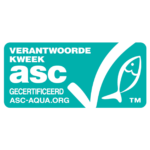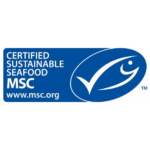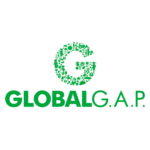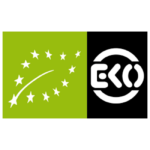Garfish
Atlantic Ocean, north-east (FAO 27)
Deelgebieden: Skagerrak, Kattegat, Sound, Belt, Baltic Sea
Pots and traps, Handlines and pole-lines (hand operated)
- Jan
- Feb
- Mar
- Apr
- May
- Jun
- Jul
- Aug
- Sep
- Oct
- Nov
- Dec
There are two families in the order Clupeiformes; the herring family (Clupidae) and the anchovy family (Engraulidae) and are relatively small, silver-coloured fish. They swim in large, pelagic schools and feed on plankton. They are occasionally found near the shore, however they usually swim further out in the open sea at depths up to 200 m. Most species are capable of producing a lot of eggs each spawning event, up to 200.000 per adult female. A large share of the global wild catch consists of haring-like fish. Not everything is used for direct human consumption, a large share is processed as fish meal or fish oil that form the essential ingredient for fish feed in aquaculture. Haring-like fish swim in large schools which makes them susceptible to large scale (industrial) fishing.
The garfish is a long and slender fish with elongated jaws. This species can be found high up in the water column where it hunts for smaller fish. The garfish can grow out to be 90 cm long and weigh a maximum of 1.3 kilograms. Furthermore, the garfish has green coloured fish bones.
Atlantic Ocean, north-east (FAO 27)
Deelgebieden: Skagerrak, Kattegat, Sound, Belt, Baltic Sea
Pots and traps, Handlines and pole-lines (hand operated)

Fish with the ASC label is farmed in a sustainable manner.

Fish with the MSC label is caught sustainably.
This fish is not being overfished or is being responsibly farmed, with minimal impact on the environment.
This fish is a second choice. There are still some improvements to be made in this fishery or fish farm.
Do not buy this fish. It's being overfished or the way it's farmed or caught has a negative impact on the environment.

There is fish available of this species that is farmed or caught using high welfare standards.

GlobalG.A.P. certified farms are doing a step in the right direction in terms of sustainability. A few species with this label are getting a better score on the VISwijzer.

Organic standards are the strictest when it comes to fish feed. They also require certain measures for animal well-being.